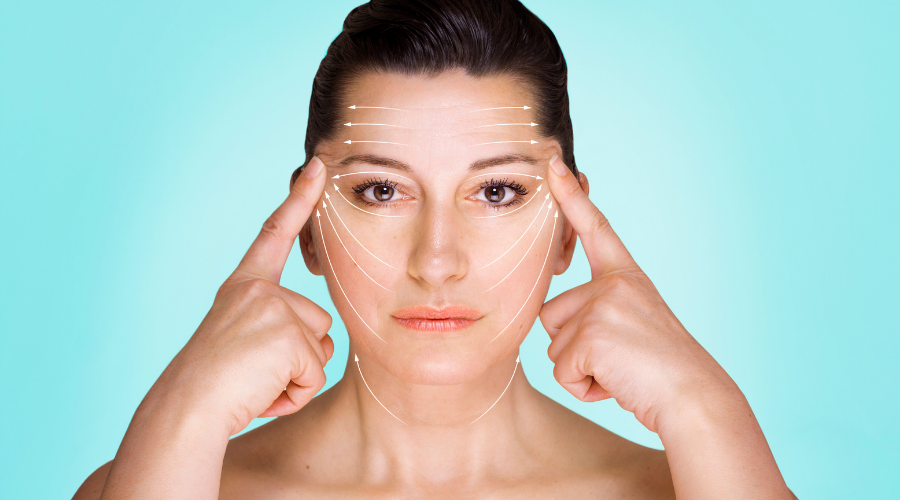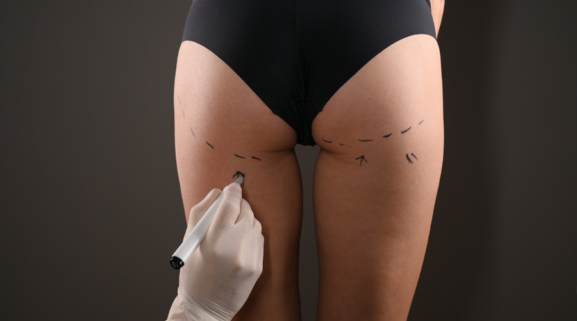What is Prophyloplasty?
What is Prophyloplasty?
Prophyloplasty is aesthetic operations performed to ensure that the face reaches the golden ratio. In prophyloplasty, all the details of the face such as forehead, eyes, nose, cheekbones, chin, lips are planned to be in harmony and proportion with each other. In prophyloplasty, instead of correcting a single region, the aim is to plan procedures that will bring the face to the ideal ratio, considering its ratio and harmony with other regions. When the areas formed by the forehead, chin and nose are close to 1 in 3, the facial features become more proportional and approach the golden ratio.
How is the operation done? What are the stages?
Prophyloplasty operations are the combination of one or more aesthetic operations according to the needs of the person. The facial structure of the patient is examined by the doctor, the operations required to approach the golden ratio of the face and the patient’s wishes are taken into account, and the operations to be performed are decided. In prophyloplasty, it is planned to apply a procedure to all areas of the face that disrupt the golden ratio. These areas are usually the chin, nose, lips, cheekbones and forehead. Within the scope of prophyloplasty, procedures such as nose surgery (rhinoplasty), jaw surgery (mentoplasty), aesthetic filling, eyebrow lifting, eyelid aesthetics (blepharoplasty) can be performed.
- Nose Aesthetics (rhinoplasty): In cases where the shape and structure of the nose is not suitable for the face, the nose is reshaped and optimized for the face. The shape of the nose is made more aesthetically pleasing, and at the same time, the breathing problems of the patients are corrected.
- Chin Surgery (mentoplasty): The ratio of the chin to the facial structure is very important for the aesthetic appearance of the face. While the chin can be reduced and shortened by surgically filing the chin, the chin can be enlarged and lengthened with the implant placed in the chin or the patient’s own tissue.
- Eyelid Aesthetics (Blepharoplasty): It is applied for excess skin, sagging and eye bags on the eyelids. The excess tissue in the eyelids is surgically removed, the eyelids are tightened and the sagging of the eyelids is removed. Thus, the tired expression caused by the eyelids is removed and a younger and more lively facial expression is provided.
- Aesthetic Filling: In prophyloplasty, filling is applied to the areas required to bring the person’s face closer to the golden ratio. Aesthetic fillers are generally applied to the forehead, between the eyebrows, around the eyes, cheekbones, chin and lip.
Who is it suitable for?
Prophyloplasty is suitable for people who are over 18-20 years old and do not have any disease that will prevent the operation. Prophyloplasty includes patient-specific aesthetic applications. It is suitable for patients who want their face to be more aesthetic and their facial features close to the golden ratio. Prophyloplasty is also frequently applied to people with facial asymmetry. The cause of facial asymmetry is the upper part of the face 5%, the midface and nose 36%, and the chin 75%. With prophyloplasty, these three areas are intervened and the asymmetry is eliminated. Whether the patient needs prophyloplasty operations can be planned with a detailed plastic surgeon examination.
What are the Risks and Advantages?
Prophyloplasty has some risks that can be seen in all surgical operations:
- Infection
- bleeding
- Embolism
- Clotting
- capsule formation
- fluid accumulation
The advantages of prophyloplasty operations are:
- Since prophyloplasty ensures that the facial structures of the patient are proportional and in harmony with each other, it provides a more satisfactory aesthetic appearance compared to the operation performed on a single area.
- With prophyloplasty, more beautiful, aesthetic and harmonious results are obtained.
- Dissatisfaction is less common after prophyloplasty operations.
- Prophyloplasty increases the self-confidence of patients.



